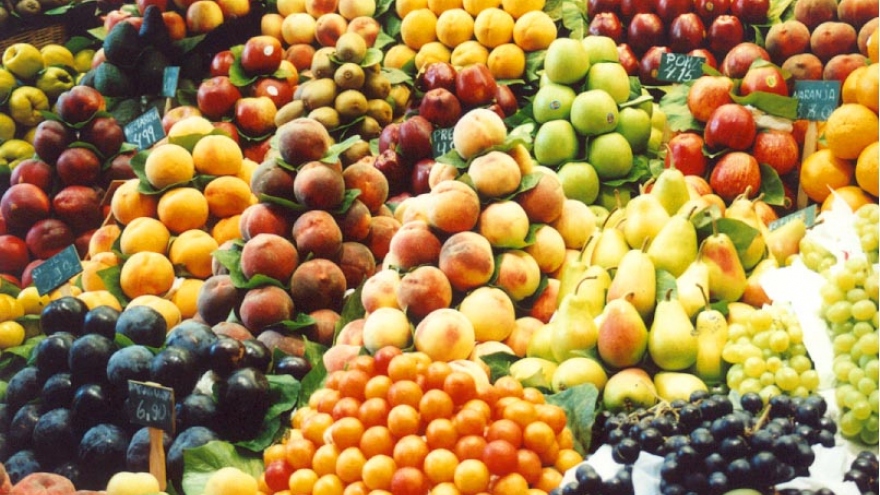Geographical Indication products set to go nationwide by 2017
Prime Minister Gen. Prayuth Chan-o-cha urges all 77 provinces to establish their own Geographical Indication (GI) products to create value-added recognition to their locally made goods, as well as to promote marketing efforts on the global stage.
 |
The premier added that GI registration also provides a kind of intellectual property protection. Currently, Thailand is home to 75 GI products spread across 70 provinces.
The GI products at present include various types of rice, cuisine, fruit, handicrafts, and industrial items. The government is at present highlighting oranges from Bang Mod and lychees from Bang Khun Thien in Bangkok for GI registration.
To foster GI products nationwide, the government is setting up "GI Corners” in two popular department stores, with plans to expand to up to 100 by year’s end.
The government will also be working with GI product developers to help them meet the needs of their selected target markets.
According to the Food and Agriculture Organization of the United Nations, or FAO, Geographical Indication protection supports a comprehensive policy guaranteeing the quality and origin of not only agricultural and agro-food products, but also handicrafts that receive the designation.
Moreover, FAO Regional Office for Asia and the Pacific revealed that it was first developed in France more than a century ago and was later adopted by the European Union, before reaching the shores of Southeast Asia just two decades ago.
Today, the ASEAN region is now one of the most active regions in the world when it comes to GI registration, accounting for more than 100 official National GIs.
Thailand leads the region with 75 GIs registered, having gained protection in early 2013 for its first GI registration in the European Union for Thung Kula Rong-Hai Hom Mali rice and later for some handicrafts, such as Lamphun brocade Thai silk.

